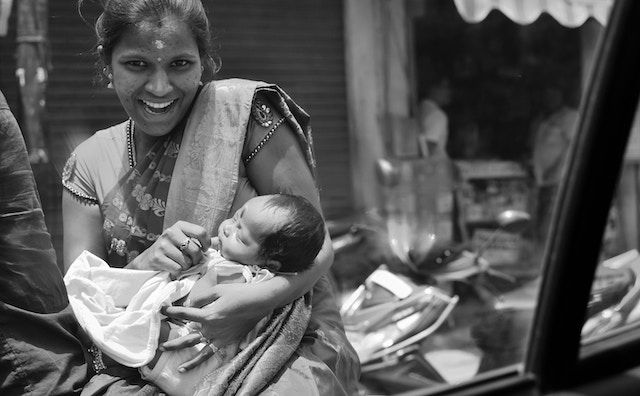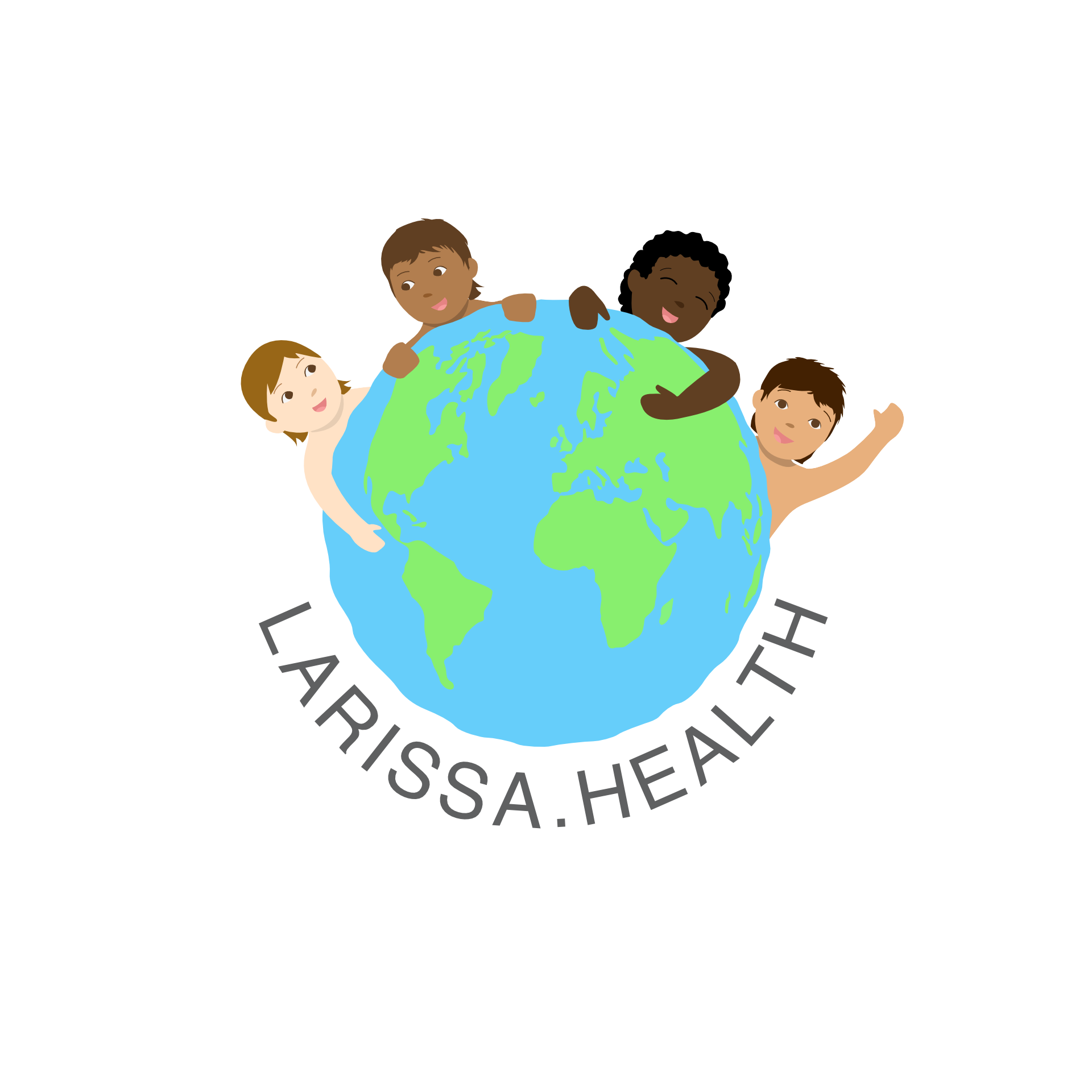Midwifery Revolution: How Telangana is Pioneering Change in Maternity Care in India
Telangana's revolutionary midwifery programme is ushering in a new era of maternity care in India, emphasizing natural births and respect.
Telangana, with its groundbreaking midwifery initiative, is leading India towards a revolution in maternity care. This article delves into the inception, challenges, and accomplishments of the midwifery programme in the state.
On a fateful morning of August 23rd, the birth of a newborn was celebrated with immense joy, not just because a new life came into the world but because the birth was a natural delivery facilitated by a midwife, A Swaroopa Rani. The significance? It marked a critical shift from a potential surgical birth, reflecting the transformative impact of Telangana's commitment to midwifery.
In 2017, alarmed by the high rate of caesarean deliveries (60% of all births, as per NFHS-5 2019-20 data), the Telangana government, in collaboration with Fernandez Foundation and UNICEF, launched the Nurse Practitioner Midwifery Programme (NPM). The goal was clear: to curtail unnecessary C-sections. The data painted a concerning picture where cultural beliefs, fear of pain during natural childbirth, and a profit motive in private healthcare often led to C-sections without a medical reason.
 Photo by Andrew Khaanh
Photo by Andrew Khaanh
The subsequent years saw a marginal decline, with C-sections falling to 54.09% in 2021-22. While this reduction was encouraging, it's evident there’s a long journey ahead, given the World Health Organization's recommendation of keeping C-section rates between 10% to 15%.
These midwives, colloquially known as “pant-shirt ladies,” are gradually bridging the healthcare gap in regions with a scarcity of doctors. They not only provide Respectful Maternity Care (RMC) but are also helping debunk myths surrounding childbirth, advocating for natural deliveries where possible.
Telangana stands out as the pioneering state in India, implementing a midwifery programme with palpable success. Its practices offer an array of lessons for the broader Indian context, where similar programmes might soon see the light of day.
However, the journey isn’t without challenges. Midwives like Swaroopa work diligently, emphasizing respectful interactions, ensuring privacy during childbirth, and fostering a supportive environment. This is a stark contrast to past experiences where mothers were often mistreated during delivery.
Midwives also grapple with limited resources in many health centres. The Community Health Centre (CHC) in Khammam, for instance, lacks essential supplies for exercises and various birthing positions. Such infrastructural shortcomings underscore the need for the government to channel investments into enhancing facilities.
Yet, midwives persevere. In regions like the Eturnagaram CHC, midwives have achieved notable successes, even amidst challenging circumstances like floods. Their dedication shines through, especially when facilitating complex deliveries in tribal areas, where traditional practices often take precedence over institutional childbirth.
While the achievements are commendable, the demand for trained midwives in Telangana outweighs the supply. The state's current roster of 353 midwives falls short of the required 1,512 to support over 3 lakh mothers annually in public health facilities. Although plans are afoot to set up midwifery training institutes at state and national levels, timelines remain undefined.
In the grand scheme of things, the midwifery movement in Telangana marks a commendable stride towards redefining maternity care. It symbolizes a paradigm shift where the focus isn't just on delivering babies but ensuring that mothers' experiences are respected, valued, and prioritized. As the programme matures and evolves, Telangana’s journey will serve as a beacon, guiding other states in India towards prioritizing maternal health and well-being.
Source: The New Indian Express





